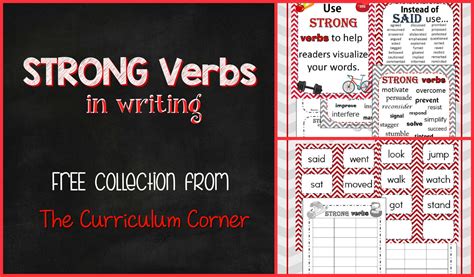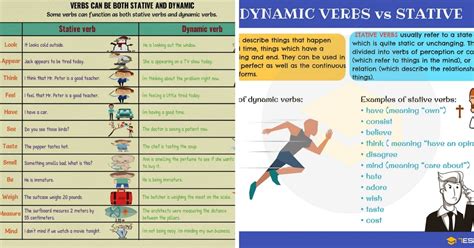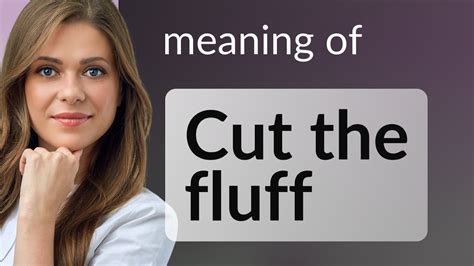In the vast landscape of communication, clarity and impact are paramount. Yet, many writers inadvertently dilute their message with verbose language and weak verbs. Mastering concise prose isn’t about shortening sentences; it’s about maximizing their punch, ensuring every word earns its place. This guide will equip you with actionable strategies to trim the fat from your writing and imbue your verbs with renewed vigor.
The Pernicious Problem of Fluff
Fluff refers to any word, phrase, or sentence that adds no new information or meaning to your text. It bloats your prose, slows down the reader, and obscures your core message. Identifying and eliminating fluff is the first crucial step towards conciseness.

Common Sources of Wordiness:
- Redundant Phrases: “Past history,” “free gift,” “consensus of opinion” are examples where one word already implies the other. Always check if a single word can do the job of a phrase (e.g., “at this point in time” becomes “now”).
- Unnecessary Adverbs and Adjectives: While descriptive words have their place, excessive use can weaken your prose. Often, a stronger verb or noun can replace an adverb-verb or adjective-noun combination (e.g., “run quickly” vs. “dash”).
- Prepositional Phrases: A string of “of,” “in,” “on,” “with,” etc., can often be condensed. For instance, “the decision of the committee” can become “the committee’s decision.”
- Weak Opening Phrases: Phrases like “It is important to note that,” “There is no doubt that,” or “In my opinion” often serve as mere throat-clearing and can be cut.
- Passive Voice Overuse: While not always “fluff,” passive constructions often require more words and can sound less direct. “The ball was hit by the boy” is longer and weaker than “The boy hit the ball.”
Unleashing the Power of Strong Verbs
Verbs are the engine of your sentences. Weak verbs, often coupled with adverbs, drain energy from your writing. Strengthening your verbs means choosing active, specific, and impactful words that convey action directly and vividly.

Strategies for Verb Enhancement:
- Embrace Active Voice: This is arguably the most powerful way to strengthen your verbs. Active voice clarifies who is doing what, making your sentences more direct and forceful. Compare “Mistakes were made” to “I made mistakes.”
- Choose Specific Verbs: Instead of “walked slowly,” consider “strolled,” “sauntered,” “ambled,” or “crept.” Each implies a different nuance and paint a clearer picture without needing an adverb. Similarly, replace generic verbs like “get,” “make,” “do,” or “have” with more precise alternatives.
- Avoid Nominalizations: These are verbs that have been turned into nouns, often ending in -ion, -ment, -ance, or -ing, usually requiring a weaker verb to “activate” them. For example, “make a decision” becomes “decide,” “perform an analysis” becomes “analyze,” “give an explanation” becomes “explain.”
- Eliminate “To Be” Verbs (When Possible): While “is,” “are,” “was,” “were” are essential, overuse can lead to flat, static sentences. Look for opportunities to replace them with more dynamic action verbs. “He is running” becomes “He runs.” “The sky was blue” might become “The sky stretched azure.”

The Editing Process: Your Sharpening Stone
Concise prose rarely emerges fully formed in the first draft. It is forged in the crucible of revision. Approach editing with a critical eye, specifically looking for opportunities to cut words and bolster verbs.

Practical Editing Tips:
- Read Aloud: Your ears can often catch awkward phrasing, redundancies, and clunky sentences that your eyes might miss. If it sounds clunky, it probably is.
- The “So What?” Test: For every sentence and phrase, ask yourself: “So what? Does this contribute essential meaning or move the narrative forward?” If the answer is no, consider cutting or revising it.
- Search and Destroy Weak Words: Use your word processor’s search function for common culprits like “very,” “really,” “just,” “that,” “which,” “is,” “was,” and prepositional phrases. Not all need to be cut, but each warrants scrutiny.
- Get a Second Pair of Eyes: Another reader, especially one who understands your purpose, can identify areas of wordiness or weak verbs that you’ve become blind to.

Conclusion: The Art of Precision
Cutting fluff and strengthening verbs are not about making your writing bare or simplistic; they are about making it powerful, precise, and impactful. By consistently applying these principles, you will transform your prose from merely conveying information to truly capturing attention and resonating with your audience. Embrace the challenge of conciseness, and watch your words come alive.




